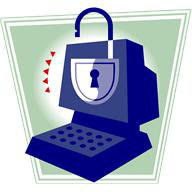Know Your Industry Before You Start Your Business

By Tim Berry From Bplan Picture from Pixabay Industry analysis is part of good management. That’s not just for the business planning, but rather for business survival, beginning to end. Most of the people who successfully start their own business have already had relevant business experience before they start, most often as employees. Although all business owners need to know their industry, the documented details and explanations are mainly for when you’re writing a business plan you need to show to outsiders, like bank lenders or investors. You’ll need to do some industry analysis so you’re able to explain the general state of your industry, its growth potential, and how your business model fits into the landscape. And if your business plan is more of an internal strategic roadmap, you should still be very sure—whether you have to prove it to others or not—that you know your market, even if you don’t do a formal industry analysis. Whether you’re a service business, manufactur












